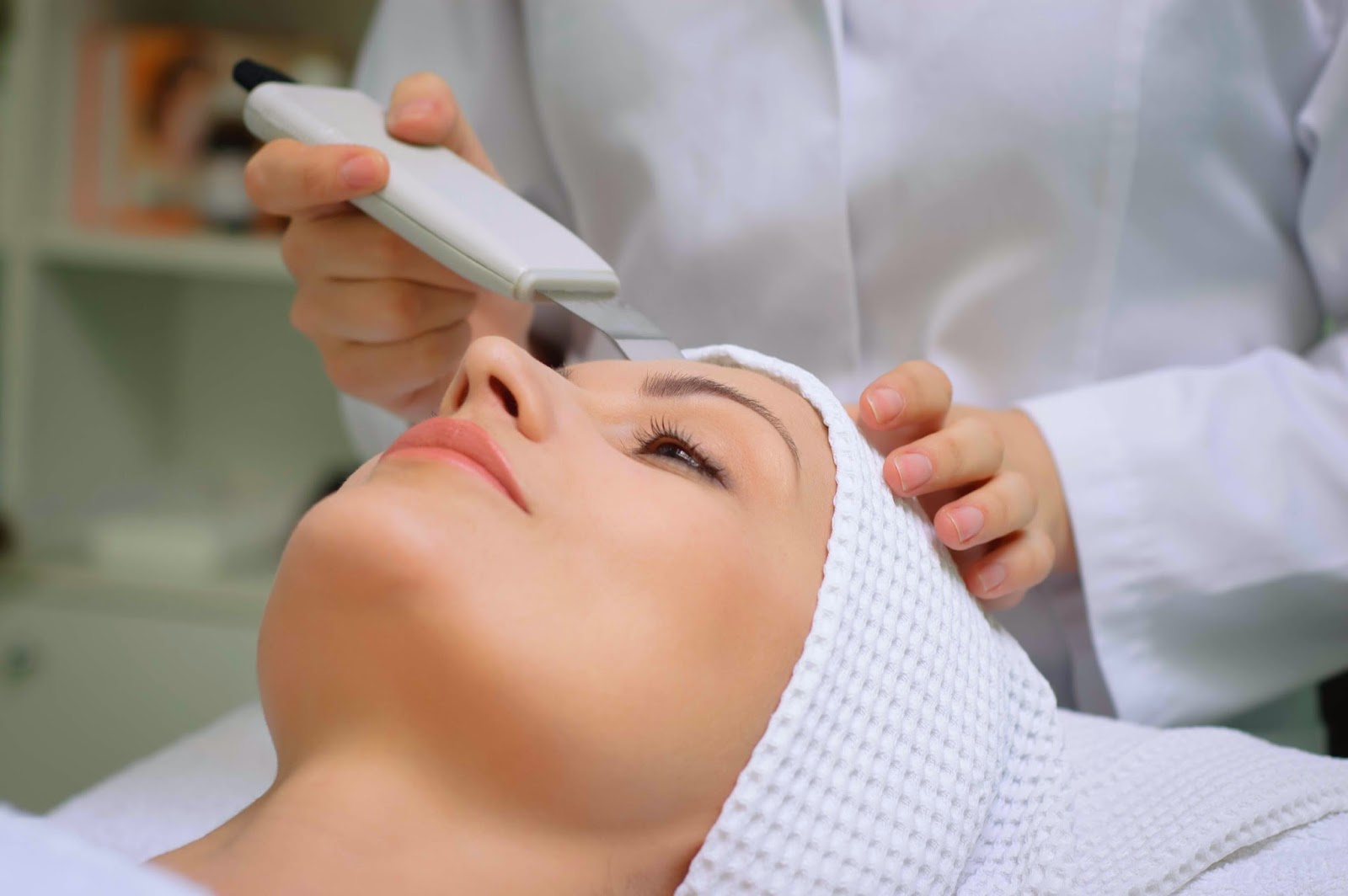Acne scars, warts, pigmentation, post-surgical marks and lesions are skin care challenges that find rescue in non-invasive methods. These techniques revive and rejuvenate skin textures via prescription medications, extraction technology, chemical peels and laser therapy.
While each has its own merits, the popularity of laser therapy for skin resurfacing also questions its feasibility.
Light Amplification by Stimulated Emission of Radiation (Laser)
Certain layers of the skin are exposed to a light beam within a prescribed wavelength that is absorbed by the target area for phased healing.
Ablative and Non-Ablative Techniques: Controlled light pulses are directed over the skin surface for either ablative or non-ablative procedures.
Non-ablative therapy concentrates only on the lower skin layers (dermis). This treatment is effective on brown spots and pigmentation which can eliminate or reduce redness caused due to broken capillaries. It also improves fine lines and minor wrinkles. Repeated non-ablative therapy can also help collagen restoration.
Swelling, short-term bruising that could minimize in a few days, temporary darkening of treated skin areas, redness and other skin damages akin to sunburns may be caused with non-ablative techniques. However, these side effects are temporary and skin often gets restored to the desired texture.
Ablative laser therapy targets both the dermis and the epidermis (outer skin layer) by damaging the skin's surface. This resurfacing method is ideal for reducing deep or surface wrinkles and also treats skin pigmentation. This therapy can reverse the impact of sun damage by reviving a new healthier skin.
Be cautious of bleeding, swelling, scabbing and other forms of long term irritation and scarring with post-ablative therapy.
Acne Treatment :Laser therapy has been effective for treating acne in the recent past but, care must be taken to undergo this treatment under trained professionals.
Facial Surgeries:For extreme conditions of deep wrinkles, sun damage, spots and scars, laser facial surgery is effective. Bruising, dryness and swelling which normally subsides within days are some common side effects. Post-operative infections and discolouration of skin are the other problems with laser surgeries.
Vascular and pigmented lesions, varicose veins, spider veins, hair removal and removal of tattoo are some of the other conditions that are healed with laser skin treatments. Stained skin following nasal piercing or iron injections also often react well to laser treatments.
Precautions and Dangers:For treatment of lesions it is advisable to space out the treatments for six weeks or more to enable the body to rid off dispersed pigments and restore true skin tone.
It is possible to remove tattoos that are coloured red; while green, yellow and orange colours are difficult to remove. White tattoos usually do not respond to laser treatments.
Other side effects are uneven skin tone in dark skinned individuals with high melanin pigmentation. Laser surfacing can cause skin irritation leading to dermatitis and acne-like conditions.
Therapy can cause reactivation of herpes virus in individuals suffering from cold sores. Skin oversensitivity is a common problem that can be alleviated by minimal exposure to the sun for about a year post-treatment. Always consult a skin specialist for post-operative care best suited to your skin conditions.
Allan Rich want to communicate with people about various advances in cosmetic dermatology treatment in India
Article Source: http://EzineArticles.com/?expert=Allan_Rich






.jpg)









0 comments:
Post a Comment